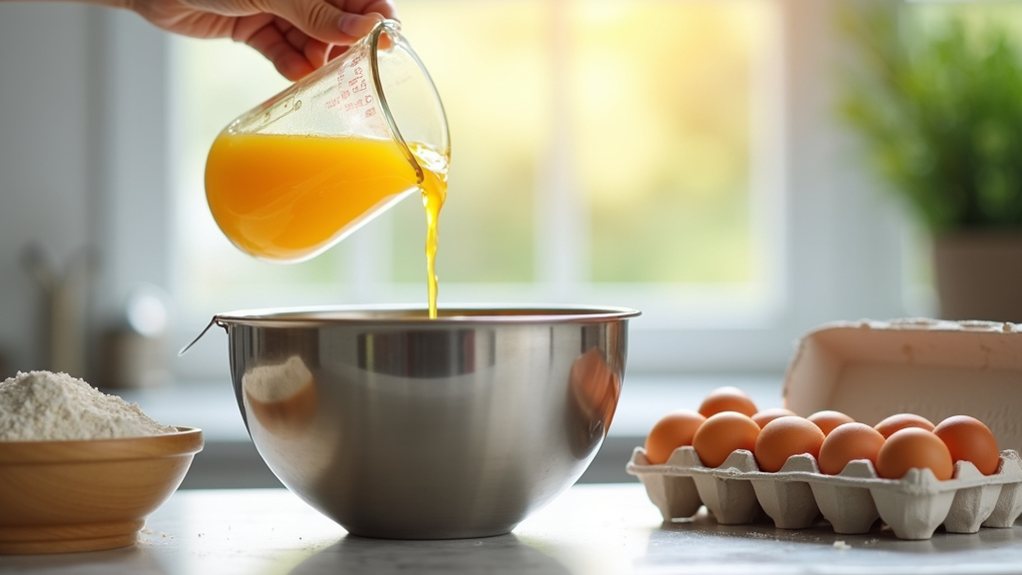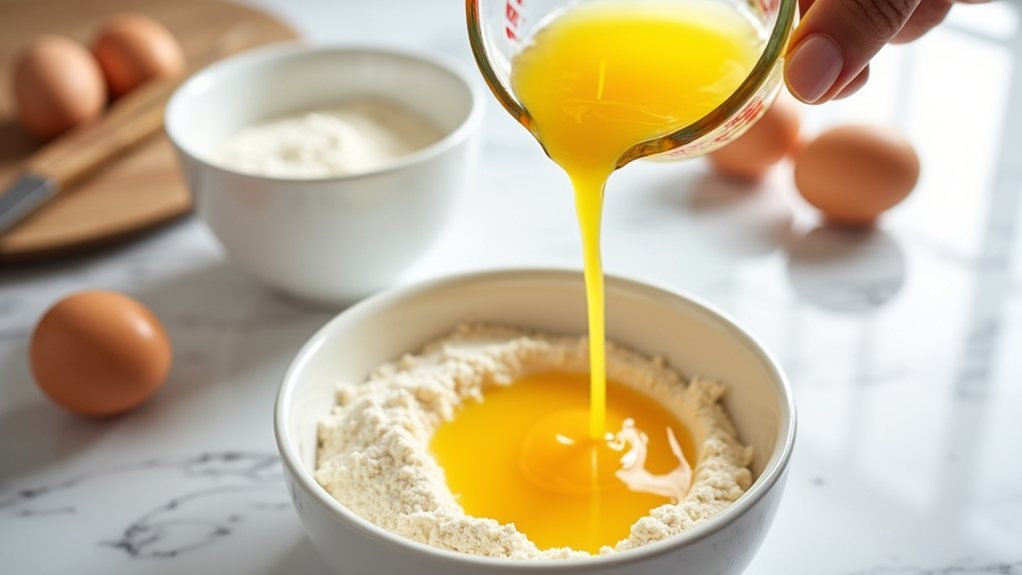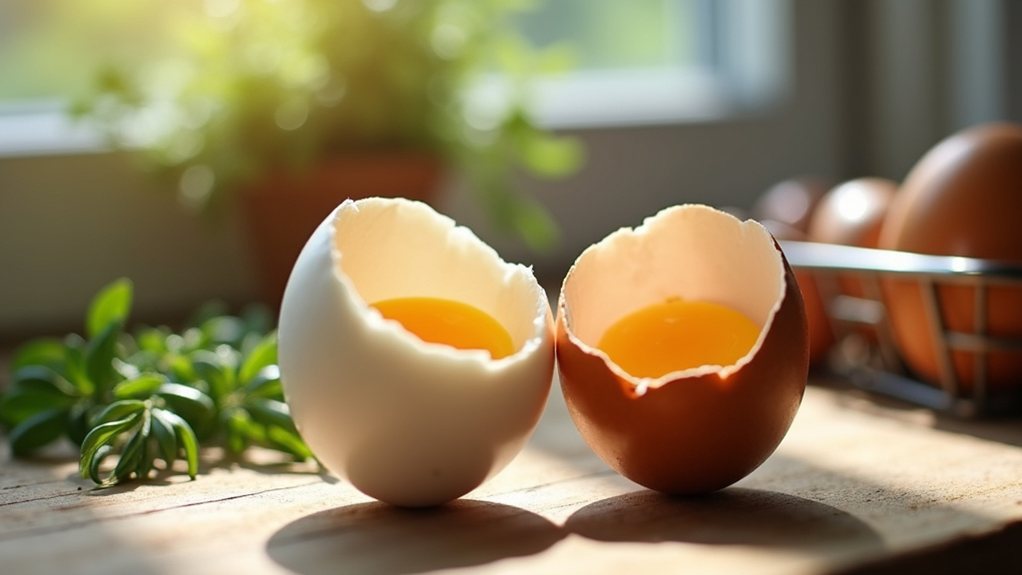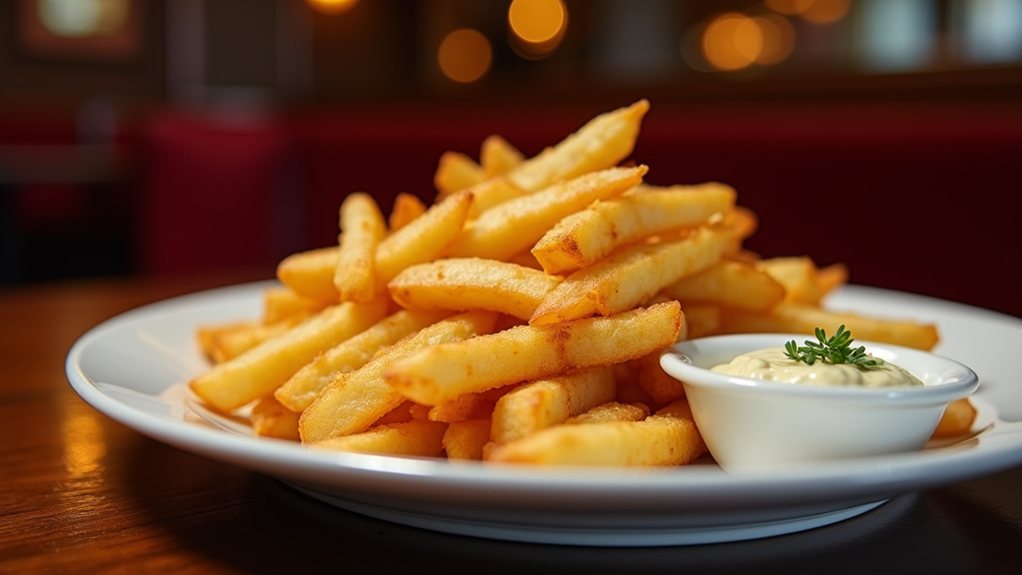Liquid eggs remain surprisingly underappreciated in many kitchens, despite offering remarkable convenience and versatility. These pasteurized products eliminate the frustration of shell fragments while maintaining the nutritional profile of traditional eggs. Professional chefs have long favored liquid eggs for their precise measurements and consistent results in everything from morning omelets to elaborate desserts. The time-saving benefits alone make them worth consideration, but their extended shelf life presents yet another compelling advantage that might transform how meals come together.
The Cracked Truth About Liquid Eggs

Convenience in the kitchen takes many forms, and liquid eggs represent one of the food industry's most practical innovations for home cooks and commercial kitchens alike. These products, often referred to as breaker eggs, are simply whole eggs that have been removed from their shells, blended together, and pasteurized for safety. What appears in bottles or cartons resembling juice containers is actually the same nutritional powerhouse found in shell eggs, containing identical proteins, vitamins, and minerals that make eggs a dietary staple worldwide.
The production process for liquid eggs involves careful screening, cracking, and separation of whites and yolks, which are pasteurized at different temperatures to eliminate harmful bacteria while maintaining their raw properties. This meticulous handling creates a product that pours freely from the container, ready to transform into scrambled eggs, omelets, quiches, or countless baked goods.
For busy kitchens, this means no more shell fragments to fish out of batters, no sticky hands from broken yolks, and markedly reduced preparation time. The versatility of liquid eggs makes them ideal for egg wash applications on pastries, creating that beautiful golden sheen.
Professional chefs have long recognized the advantages of liquid eggs, which allow for precise measurements and consistent results in recipes that demand exactitude. A baker can measure precisely 43 grams of egg without cracking multiple shells and weighing each component, streamlining the process considerably. Remember that three tablespoons of liquid eggs is equivalent to one whole shell egg when following recipes.
Furthermore, the pasteurization process means liquid eggs carry reduced risk of Salmonella contamination, making them a safer choice for recipes involving raw or partially cooked eggs.
Storage considerations also tip the scales in favor of liquid eggs, with unopened containers lasting weeks in refrigeration compared to shell eggs. While traditionalists might hesitate at the thought of eggs without shells, the nutritional equivalence makes the switch a practical one.
The egg, after all, is what's inside the shell—not the shell itself. For kitchens where efficiency matters as much as quality, liquid eggs crack the code of convenience without sacrificing the fundamental benefits that make eggs an irreplaceable ingredient in the culinary world.






